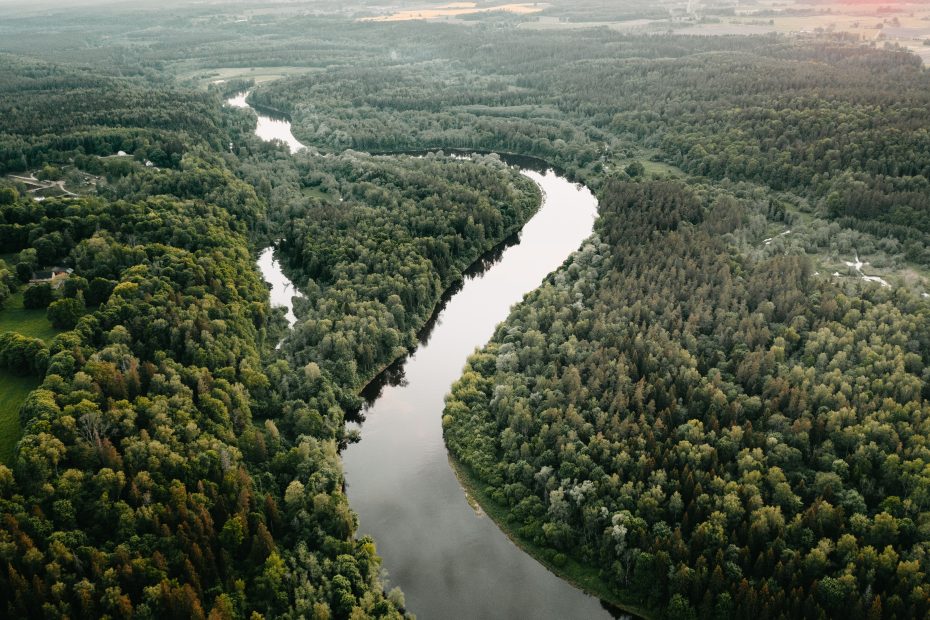Table of Contents
Introduction
Latvia is a small Baltic country with a unique cultural heritage. Despite a tumultuous history of foreign occupation, Latvia has managed to preserve many long-standing traditions and folklore. Latvia’s rich tapestry of culture is deeply interwoven with nature, seasonal rhythms, song and dance. From ancient pagan traditions to elaborately embroidered national costumes, Latvia has much to offer visitors interested in folk culture. This article will provide an overview of key aspects of Latvian folklore and traditions.
Latvian Folklore and Mythology
Latvia has a robust tradition of legends, fables and folk tales. Many of these center around rural life and nature. Latvians also have a pantheon of mythological creatures. One is the two-headed Janis, a deity associated with beginnings and endings. Celebrations play a major role in Latvian culture. Jāņi, honoring the summer solstice, involves gathering wildflowers, wreath making, bonfires and staying up all night singing.
Traditional Latvian Music and Dance
Music is integral to Latvian cultural identity. Folk songs date back centuries, covering themes like love, nature and work. Latvian instrumental music uses the kokle, a stringed instrument similar to a zither. Latvia is known for its Song and Dance Festival held every five years. Established in 1873, it attracts over 10,000 amateur singers and dancers from all walks of life.Traditional dances include polka, waltz, folk line dance and mixed circle dances.
Latvian Cuisine
Latvian cuisine reflects the cold climate and agricultural livelihoods. Rye bread, pork, bacon, dairy and root vegetables are staples. Grey peas with speck is a signature dish combining peas, bacon and onions. Beer has been brewed in Latvia since the 15th century using rye and barley malt. Latvia also produces fruit wines, vodka and bitter herbal liqueurs.
Traditional Latvian Costumes and Textiles
Latvian national costumes reveal much about identity and region. Different areas have distinct ornamentation, jewelry and headwear. Brighter colors and richer decoration were used for festive dress. Intricate handmade fabrics incorporate geometric and natural motifs. Knitting, embroidery and woven sashes are artistic crafts. Gold jewelry often indicates ethnic Latvian heritage. Wreaths and crowns made from plants are used during celebrations.
Celebrations and Holidays
The Latvian calendar is dotted with festivals honoring equinoxes, solstices and the changing seasons. Celebrating name days is an important custom with roots in the Orthodox and Lutheran faiths. Christmas focuses on family and feasting. Easter involves egg decorating and egg rolling. The Midsummer festival Jāņi is the biggest national holiday. Other significant days include birthdays, weddings and funerals.
Traditional Crafts
Latvians produce distinctive crafts and fine artistry. Ceramics, pottery and woodworking are developed trades. Folk designs are seen on everyday objects like bowls and spoons. Intricate knitting, crocheting and embroidery grace traditional costumes, sashes and handwoven linens. Jewelry-making, amberworking and glass-blowing are also Latvian crafts. Weaving, felting and basketry employ natural fibers like linen and wool.
Conclusion
Despite Latvia’s small size, its cultural traditions have survived centuries of foreign influence. Folklore, music, dance, cuisine, costumes and celebrations form an integral part of Latvian national identity. As globalization progresses, efforts continue to preserve this unique heritage while also embracing the future. Latvia’s rich tapestry of rural customs and folk arts is a true Baltic treasure.
FAQs:
Q: What are some examples of Latvian folklore?
A: Latvian folklore includes legends, fables, fairytales, mythological figures like the Janis, and epic folksongs passed down orally. Common themes center around rural farm life, nature, and pagan rituals.
Q: What traditional Latvian dishes should visitors try?
A: Signature Latvian foods to try include grey peas with speck (bacon), rye bread, cold beet soup, sklandrausis (potato dumpling), smoked fish, and hearty stews with pork or lamb.
Q: What are the main Latvian holidays and how are they celebrated?
A: The main Latvian holiday is the summer solstice festival Jāņi with bonfires, wreath-making, singing, and staying up all night. Christmas, Easter, Midsummer, and name days are other significant celebrations.
Q: What traditional Latvian crafts are still practiced today?
A: Pottery, weaving, knitting, amber jewelry-making, ceramics, glass-blowing, embroidery, and woodworking are traditional Latvian crafts still practiced by artisans today.
Q: Where can tourists experience authentic Latvian cultural traditions?
A: The best places include the Latvian Ethnographic Open Air Museum, crafts workshops and markets, the Latvian National Opera, and cultural festivals like the Song and Dance Festival.
